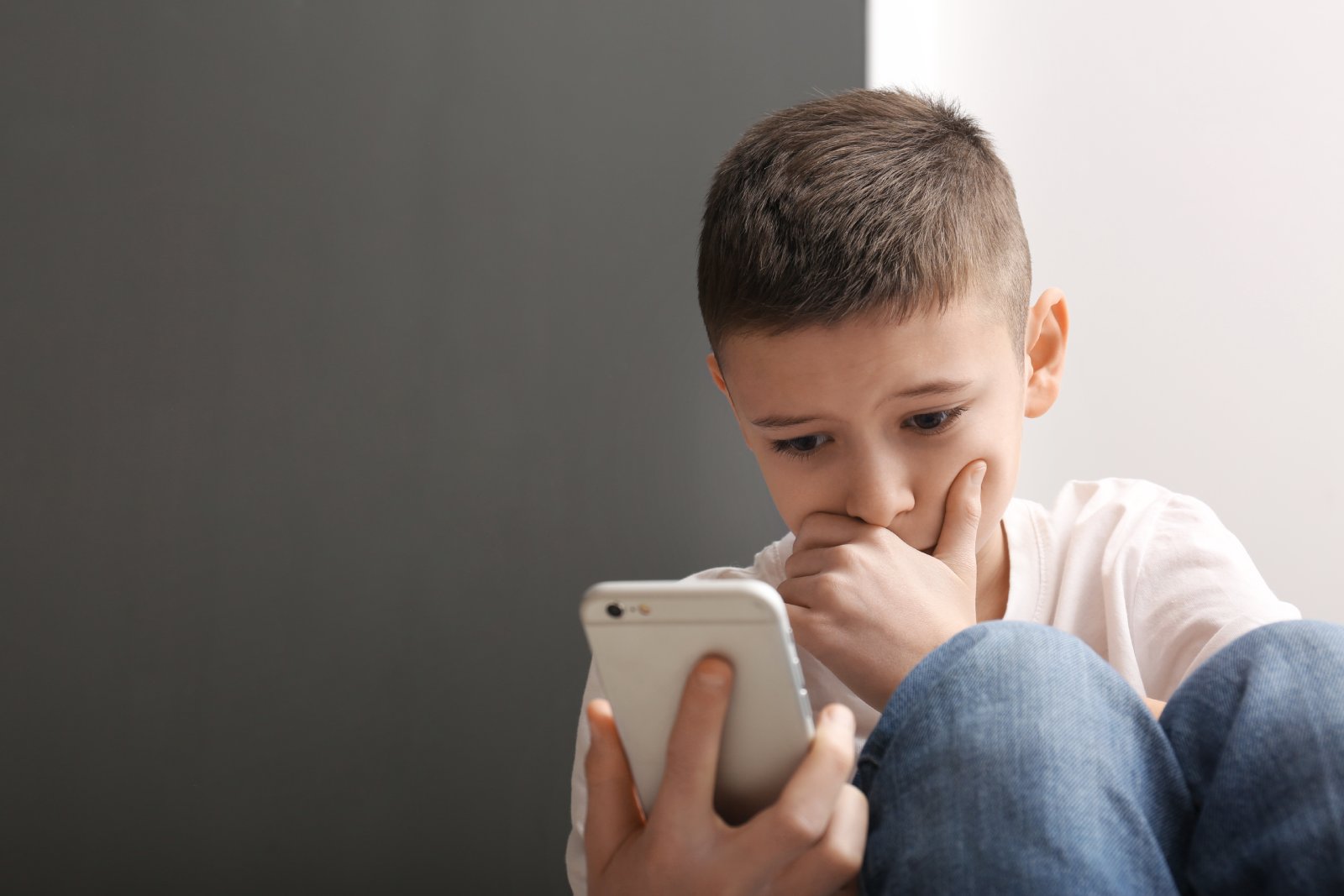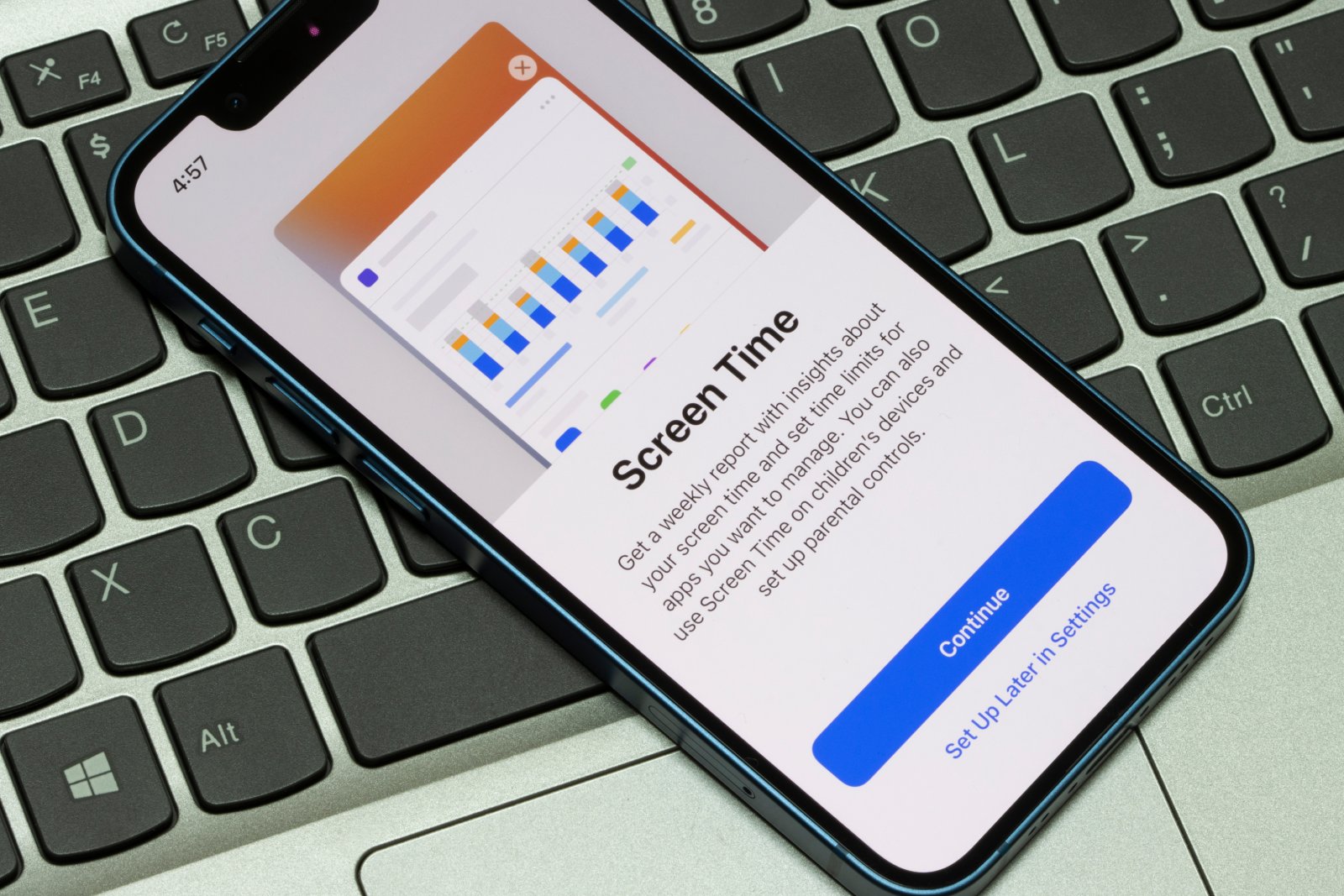At What Age Do Our Kids Really Need Phones?
It’s the dilemma every modern parent faces: when is the right time to give your child a phone? In a world where smartphones are everywhere, this decision is getting harder to avoid. But the real question is, do kids really need phones as early as they think?
The Age Debate: What’s the Right Age?

There’s no one-size-fits-all answer to this question. Research from Common Sense Media shows that the average age for a first smartphone is 11. However, experts like the American Academy of Pediatrics (AAP) suggest waiting until 12 to 14 years old.
Why the Wait?

The reason for waiting is simple: kids are still developing. Early smartphone use can interfere with social and emotional growth. It’s important to consider whether your child is mature enough to handle the responsibility.
Safety: The Number One Reason

Safety is often the main reason parents give their kids phones. It’s a way to keep in touch when they’re away from home. The National Center for Missing and Exploited Children supports phones for safety, but a basic phone might be enough.
Smartphones Aren’t Just for Emergencies

Smartphones offer much more than just a way to call home. They open the door to the internet, social media, and endless apps. This access can be both a blessing and a curse, depending on how it’s managed.
Social Pressure: The Push for Phones

Social pressure is another big factor. By age 10, nearly half of all kids in the U.S. already have a smartphone, according to Influence Central. The need to fit in with peers can make kids push for a phone earlier than they might really need one.
The Risk of Screen Time

Too much screen time can be harmful. Studies link excessive use of smartphones to sleep problems, anxiety, and depression in kids. The World Health Organization recommends limiting screen time to ensure healthy development.
Academic Impact: Help or Hindrance?

Phones can be both a help and a hindrance in school. While they can be useful for research and organization, they’re also a major distraction. Teachers often report that phones in the classroom lead to lower grades and reduced focus.
Setting Boundaries

Setting clear boundaries is crucial if you decide to give your child a phone. This includes limiting screen time and monitoring their online activity. Parental control features on smartphones can help manage how the phone is used.
Alternatives to Smartphones

If you’re not ready to give your child a smartphone, consider alternatives. Basic phones with call and text capabilities can provide the safety you need without the extra distractions. This option allows your child to stay connected while keeping them away from the more problematic aspects of smartphone use.
The Bottom Line

There’s no perfect age for every child to get a phone. It depends on their maturity, your family’s needs, and how the phone will be used. The key is to make an informed decision that considers both the benefits and the potential risks.
Banned in the USA: 14 Everyday Items We Can’t Have

Ever feel like America’s rulebook was written by someone with a dartboard? Across the pond or down under, things get even wackier. Let’s take a walk on the wild side of global “Do’s” that are definite “Don’ts” in the Land of the Free. Are you ready to find out just how bizarrely different the world can be? Banned in the USA: 14 Everyday Items We Can’t Have
Gone From the Shelves: Why 18 American Staples Vanished

Over the years, various foods that were once staples in American kitchens have been banned or are no longer allowed to be sold due to health, environmental, or ethical reasons. Here’s a list of 18 such items, detailing why they’ve been pulled off the market. Do you remember any of these? Gone From the Shelves: Why 18 American Staples Vanished
Eat & Drink at Your Own Risk: 20 Foods to Keep Away From Your Family

When it comes to food and drinks, not all choices are created equal. Some items on the shelves are so bad for your health that they’re almost legendary. Here’s a list of some of the absolute worst food and drink products—specific brands included—that you might want to avoid at all costs if you care about your nutritional intake. Eat & Drink at Your Own Risk: 20 Foods to Keep Away From Your Family
Featured Image Credit: Shutterstock / BearFotos.
The content of this article is for informational purposes only and does not constitute or replace professional advice.
The images used are for illustrative purposes only and may not represent the actual people or places mentioned in the article.
For transparency, this content was partly developed with AI assistance and carefully curated by an experienced editor to be informative and ensure accuracy.







